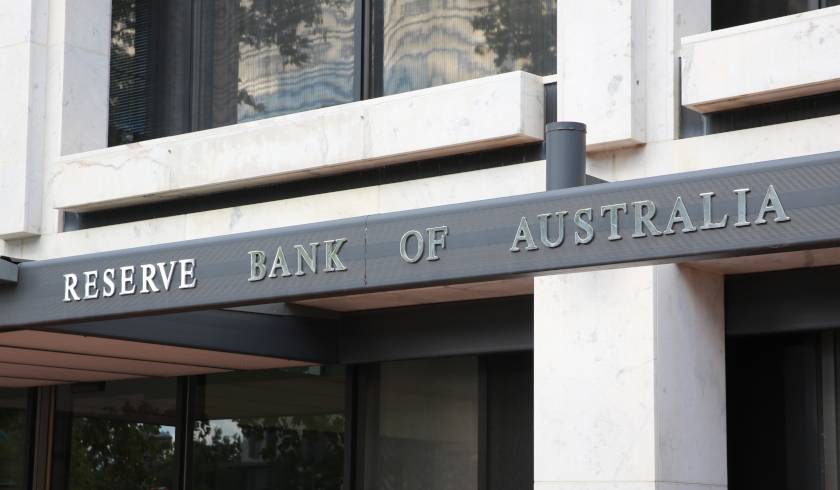RBA admits ‘optimistic borrowers’ could boost risk in housing market
The Reserve Bank of Australia has issued a caution, noting that optimistic borrowers could lead to a deterioration in the quality of lending, increasing the risk in the housing market.

In its April financial stability review, the Reserve Bank has acknowledged that while rising asset prices have been chief in helping the economy recover, consequent risks could build if lending standards are weakened.
Namely, the RBA noted that persistent increases in prices could lead to expectations that rises will continue and so increase risk-taking and borrowing, especially given low interest rates.
“Even if lenders do not weaken their own settings, increased risk-taking by optimistic borrowers could see a deterioration in the average quality of new lending.
“This would weaken the resilience of businesses and households, and so the financial system, to future shocks.
“Increased risk-taking would fuel rising debt, from already high levels, increasing the debt-related risks to the economy and financial system from a fall in asset prices and borrowers’ income,” the bank said.
The RBA’s frank assessment of the dangers of low interest rates and high asset prices comes after much market speculation that the bank could be forced to lift rates much sooner than anticipated.
Namely, despite the governor’s assurance that current low rates would be maintained until at least 2024, market pundits have been predicting a rate hike as near as 2022.
But while it did acknowledge the property price hike in Australia, the bank, however, slightly downplayed the dangers, confirming that “to date” the growth in asset prices has not been associated with a significant increase in the growth of debt.
It also pointed out that price growth has not been uniform by region or dwelling type, with inner-city apartments challenged by the decline in immigration and preference changes.
“Demand for inner-city apartments fell over 2020 and is likely to be constrained in the near term given changes in housing preferences and reduced immigration,” the bank noted.
Touching also on the office property market, the RBA said it remains weak, with vacancy rates high, particularly in Sydney and Melbourne.
Overall, the bank assured that households have built up bigger cash buffers, reducing the risks of large-scale defaults on housing and business debt.
The RBA did, however, concede that some increase in household and business financial stress is likely as temporary support measures progressively end and borrowers deplete financial buffers.
“Households and businesses that derive their incomes from sectors most heavily affected by the pandemic face an elevated risk of repayment difficulties if their buffers prove to be insufficient.
“Overall, though, the share of heavily indebted households and businesses in this position is small. As a result, lenders’ non-performing loan ratios are expected to rise modestly from low levels,” the RBA concluded.

